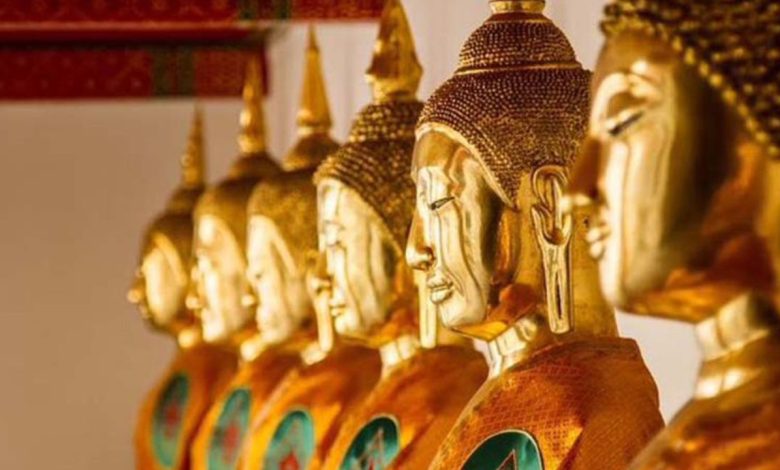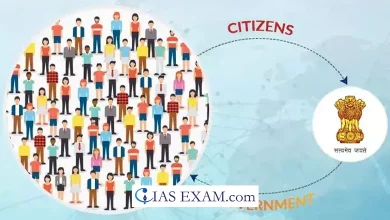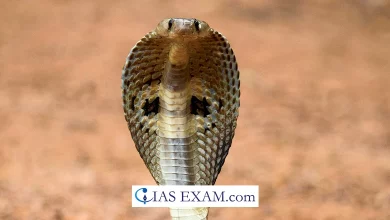
Context- According to officials from the Culture Ministry, the event will concentrate on “India’s civilizational connection with the nations of the Shanghai Cooperation Organization (SCO).”
Key Highlights
- As part of the first-ever international conference on “Shared Buddhist Heritage,” more than 15 scholars and attendees will present research papers on a variety of related subjects.
- The two-day event is part of India’s leadership of the SCO and will bring together countries from Central Asia, East Asia, South Asia, and West Asia on a single platform. The meeting is significant because Chinese delegates have confirmed their participation at a time when India is attempting to dominate China “as the birthplace of Buddhism.”
- Experts from China’s Dunhuang Research Academy are among those attending the two-day conference; The State Museum of Religion History in Russia; in addition to the International Theravada Buddhist Missionary University in Myanmar.
- The conference aims to reestablish cross-cultural connections and discover connections between Central Asian Buddhist art, archaeological sites, and antiquities in museums across the SCO.
- The Ministry of Culture, the Ministry of External Affairs, and the International Buddhist Confederation—a grantee of the Culture Ministry—are coordinating the program. The event will also include several Buddhist scholars from India.
Shanghai Cooperation Organisation [SCO]
- The SCO is an ongoing international organization of intergovernmental governments.
- It is a political, military, and economic group from Eurasia that wants to keep the peace, security, and stability in the region.
- In 2001, it was created.
- In 2002, the SCO Charter was signed, and it came into effect in 2003.
Genesis:
- Kazakhstan, China, Kyrgyzstan, Russia, and Tajikistan were all members of the Shanghai Five before the SCO was established in 2001.
- The four former Soviet republics held a series of border demarcation and demilitarization talks with China in 1996 to ensure border stability. These talks led to the formation of the Shanghai Five.
- Following the promotion of Uzbekistan to the association in 2001, the Shanghai Five was renamed the SCO.
- In 2017, India and Pakistan joined.
- The full membership of Iran in the SCO was announced on September 17, 2021.
Objectives:
- strengthening neighborliness and trust among member states.
- fostering productive collaboration in the fields of politics, economics and trade, technology and research, and culture.
- enhancing connections in areas like education, energy, transportation, tourism, environmental protection, and so on.
- Maintain and guarantee the region’s peace, safety, and stability.
- creation of a new international political and economic system that is democratic, equitable, and rational.
Membership:
- Iran, Tajikistan, Uzbekistan, India, Pakistan, Kazakhstan, China, Kyrgyzstan, Russia, and Tajikistan
Structure:
-
- The supreme body of the SCO is the Heads of State Council. This body decides how the SCO works inside, how it interacts with other states and international organizations, and looks at international issues.
- The Heads of Government Council approves the budget and makes decisions regarding issues pertaining to SCO’s economic spheres of interaction.
- The Council of Ministers of Foreign Affairs looks at issues that affect everyday activities.
- The Beijing-based SCO Secretariat provides informational, analytical, and organizational assistance.
- Language of instruction:
-
- Russian and Chinese are the SCO Secretariat’s official working languages.





.png)



